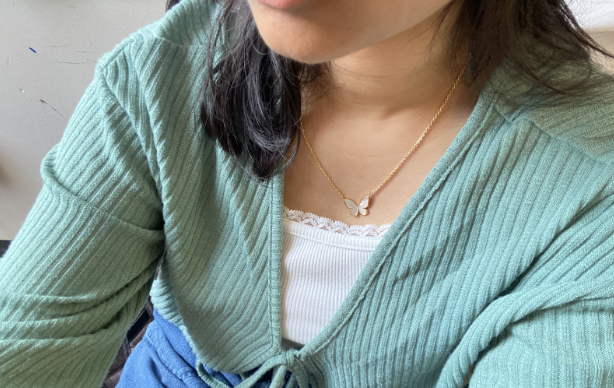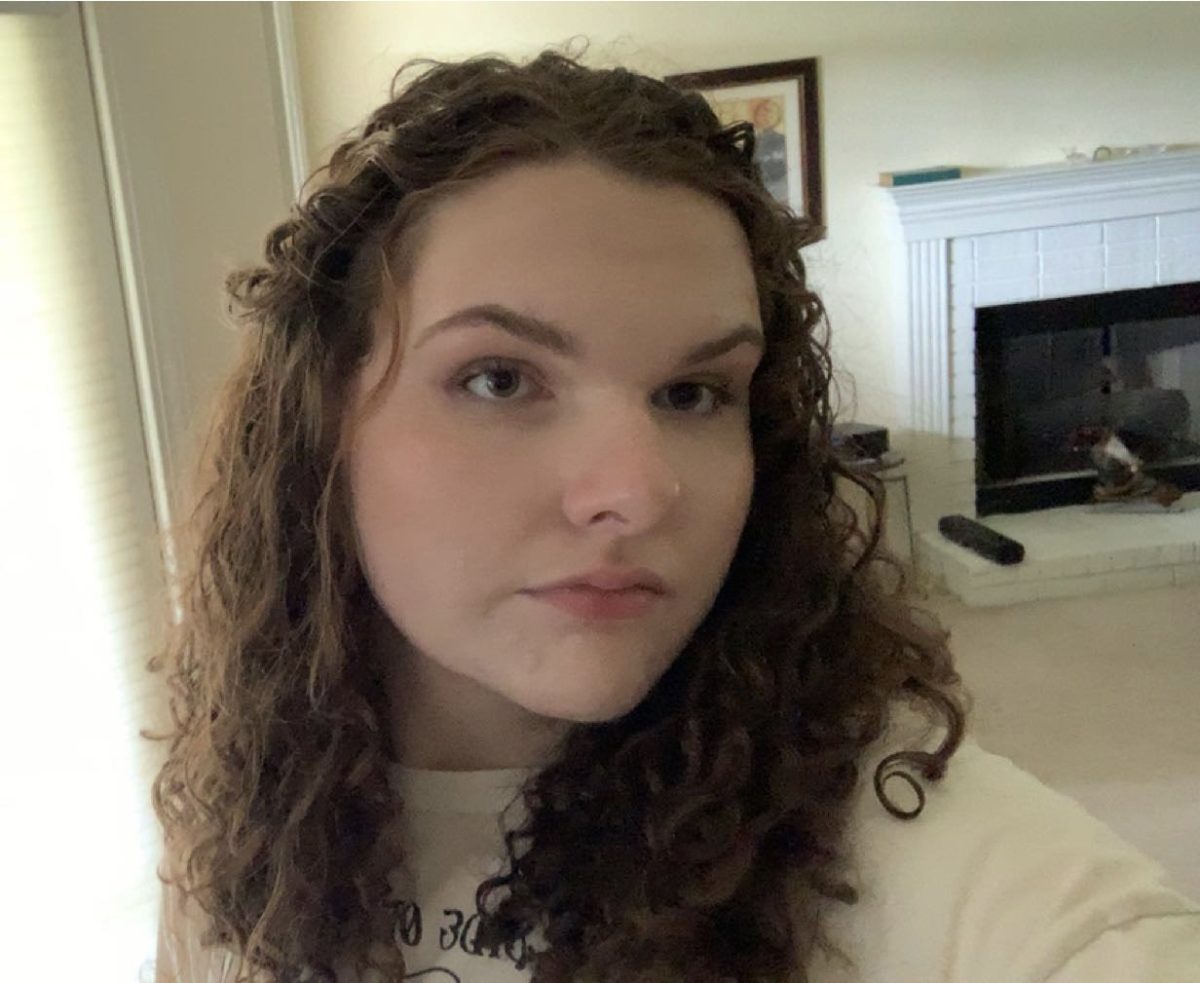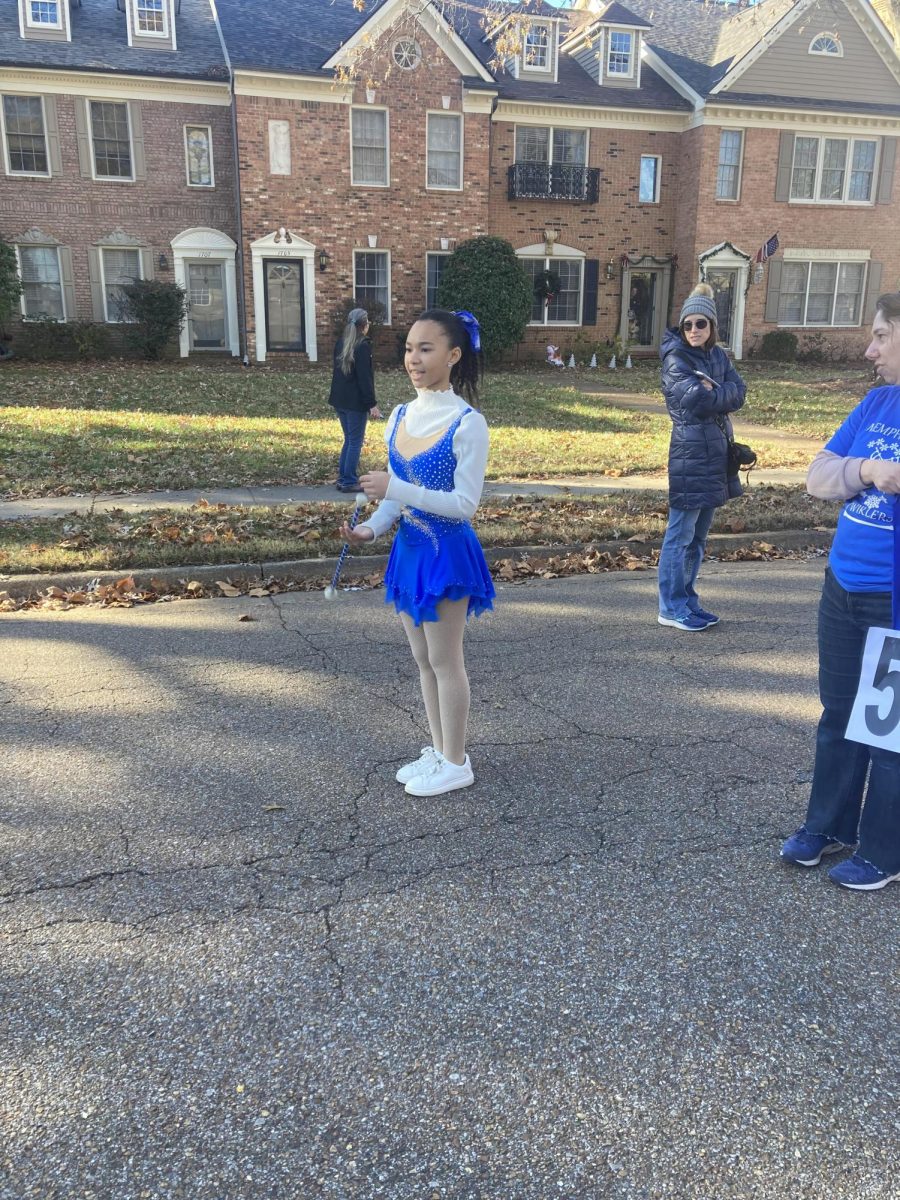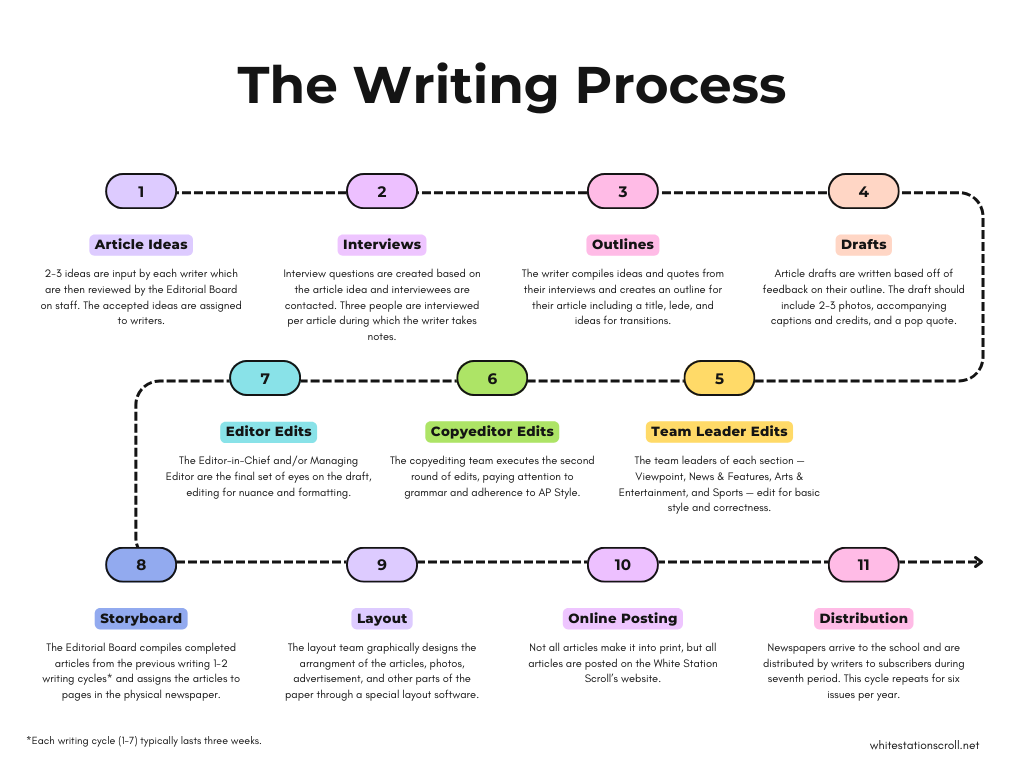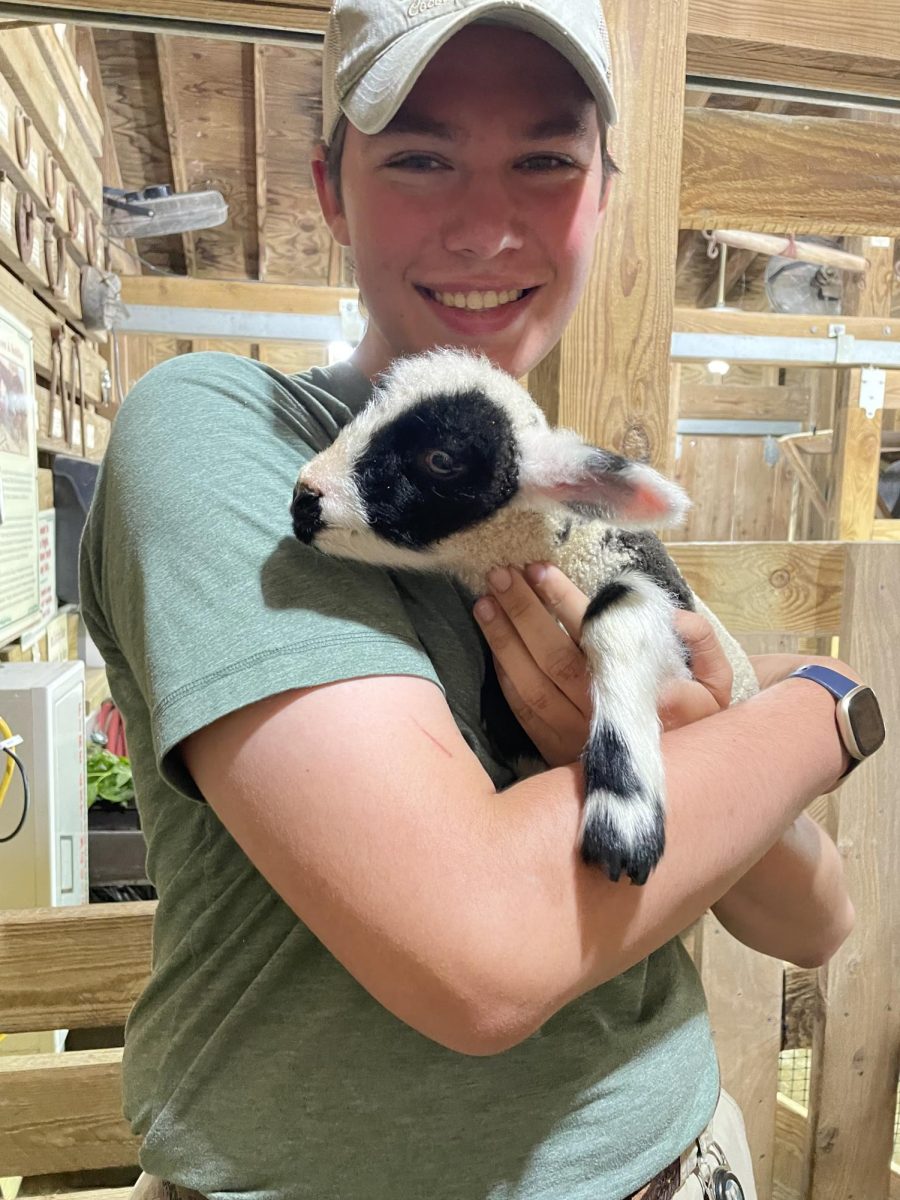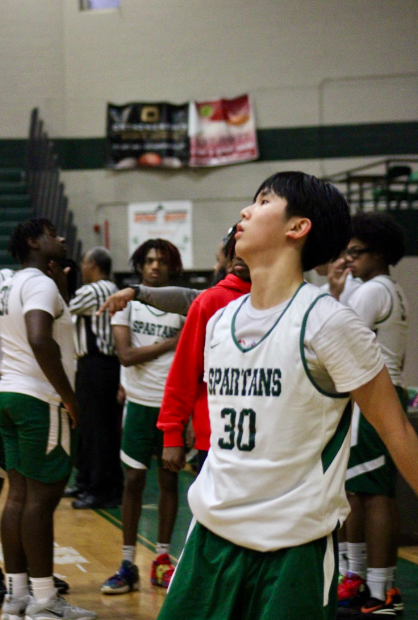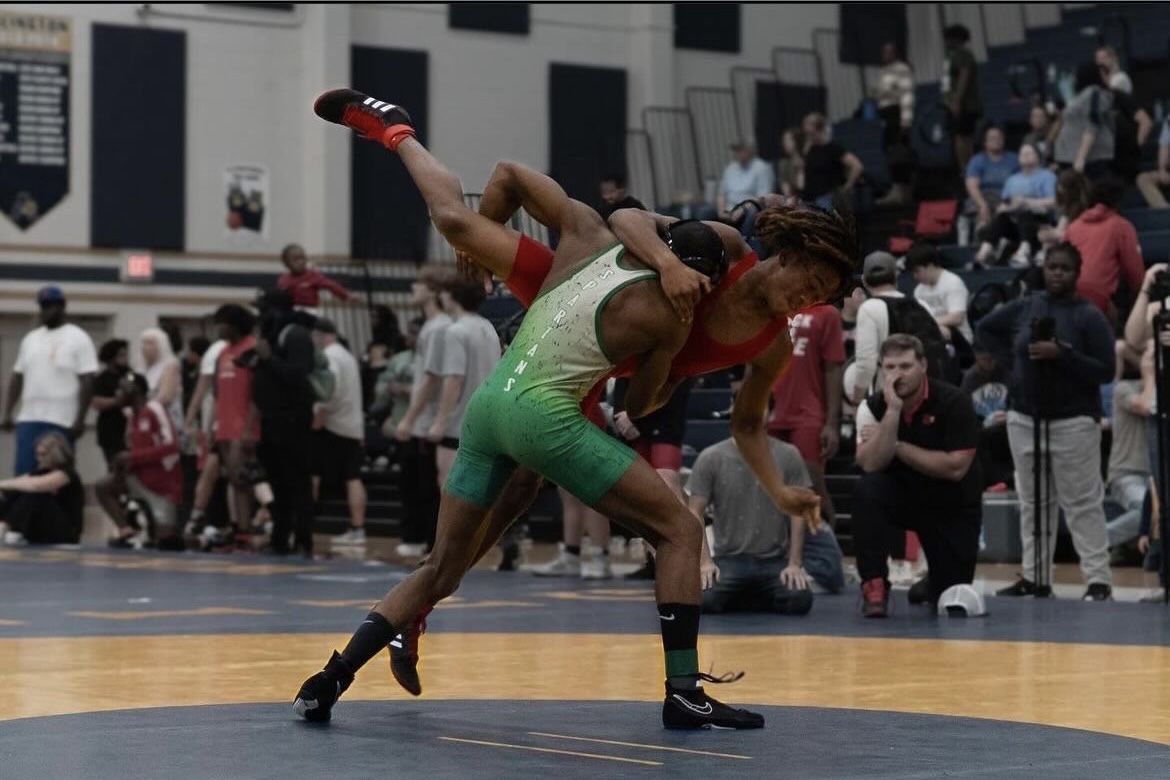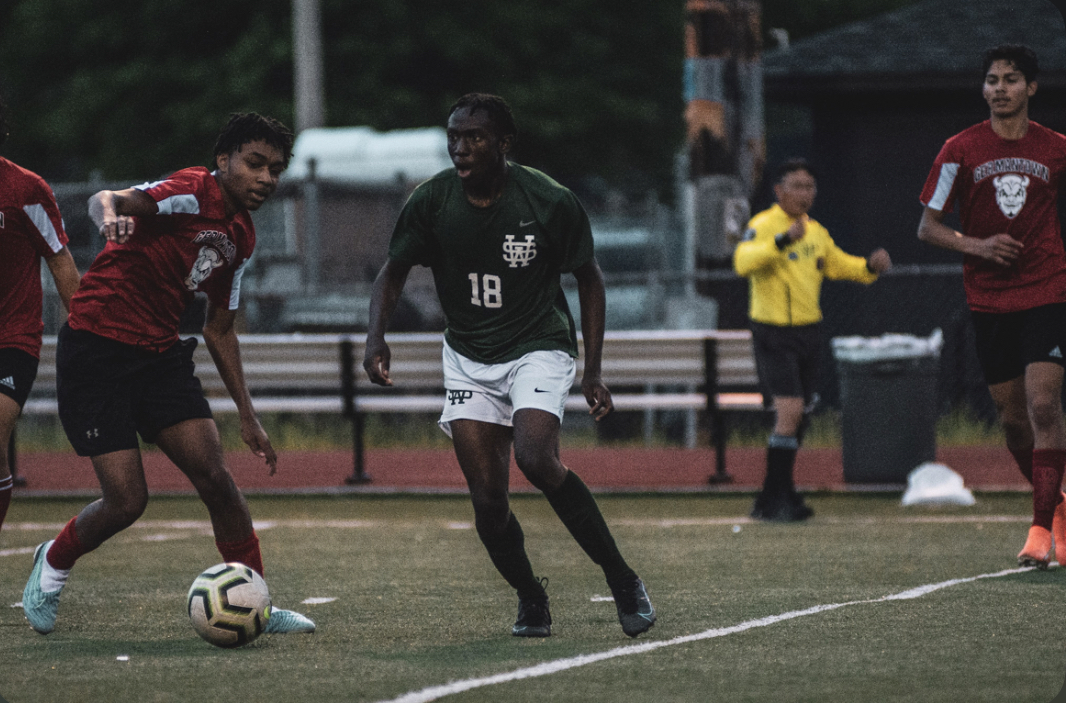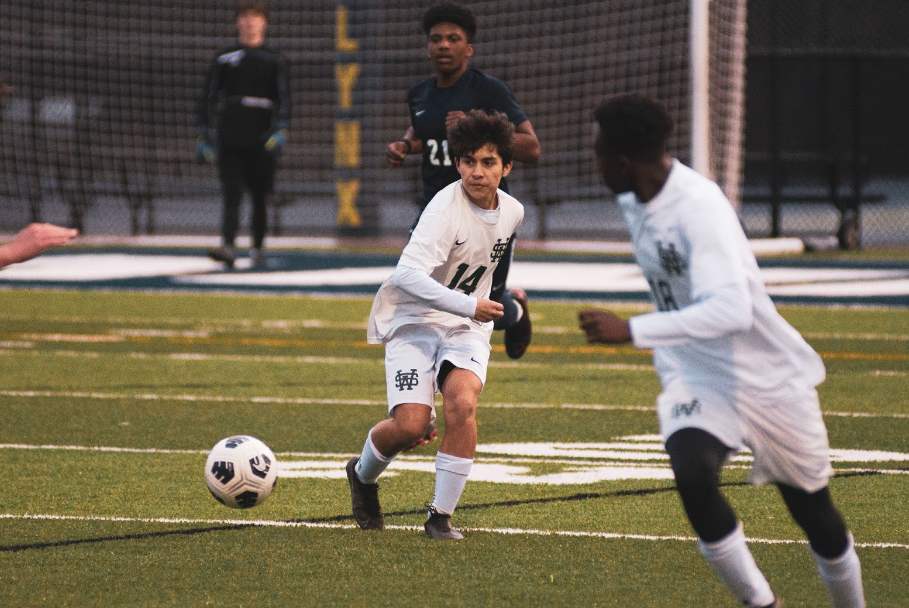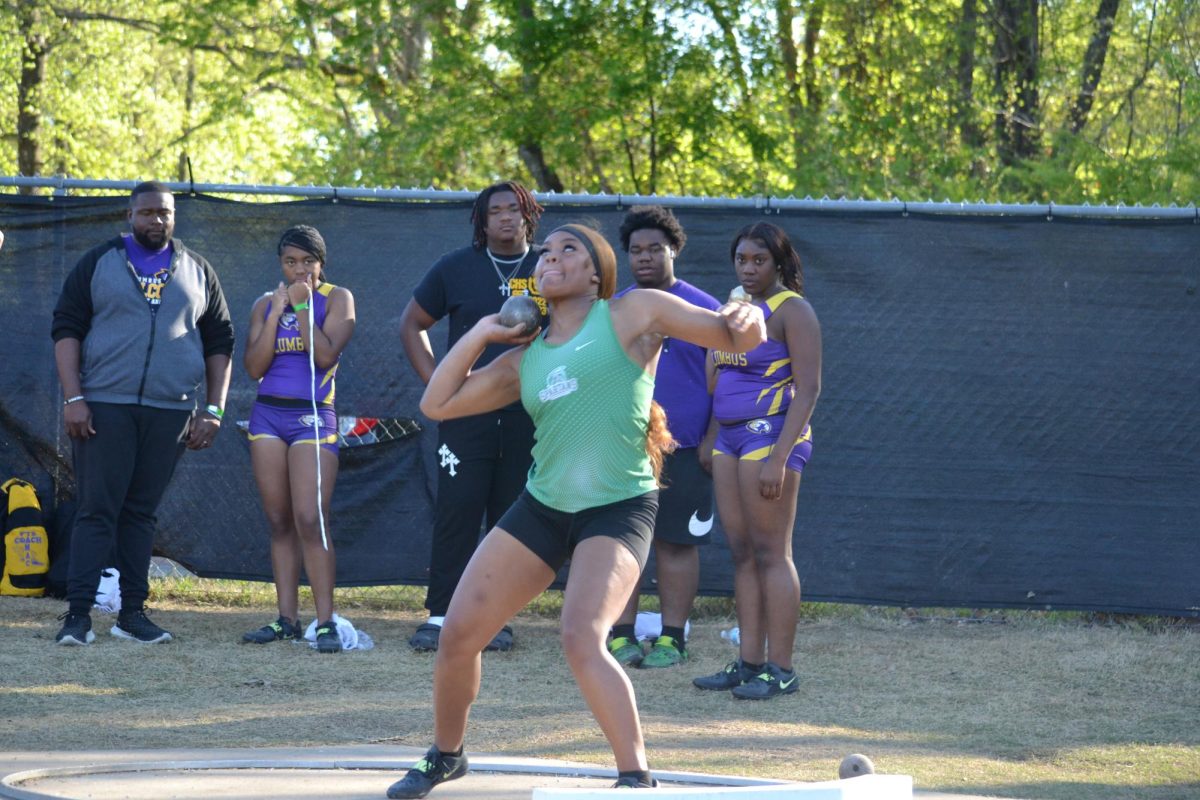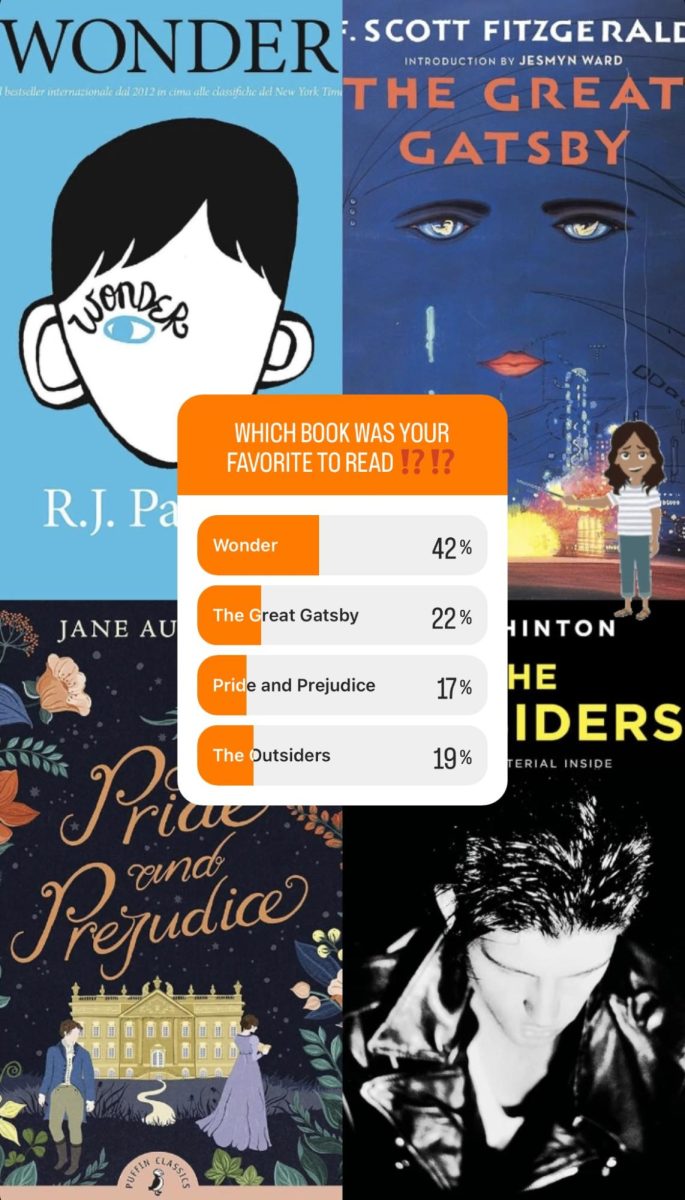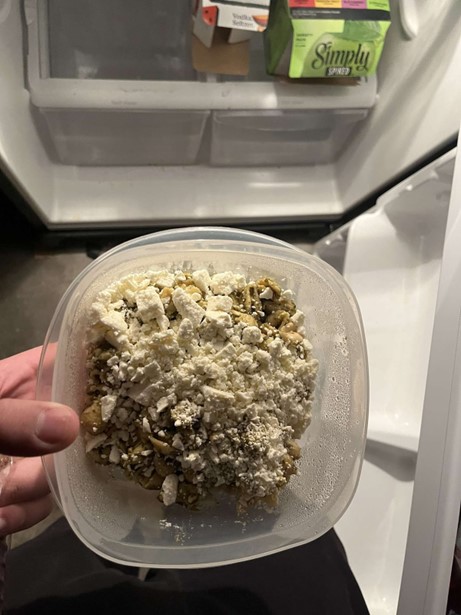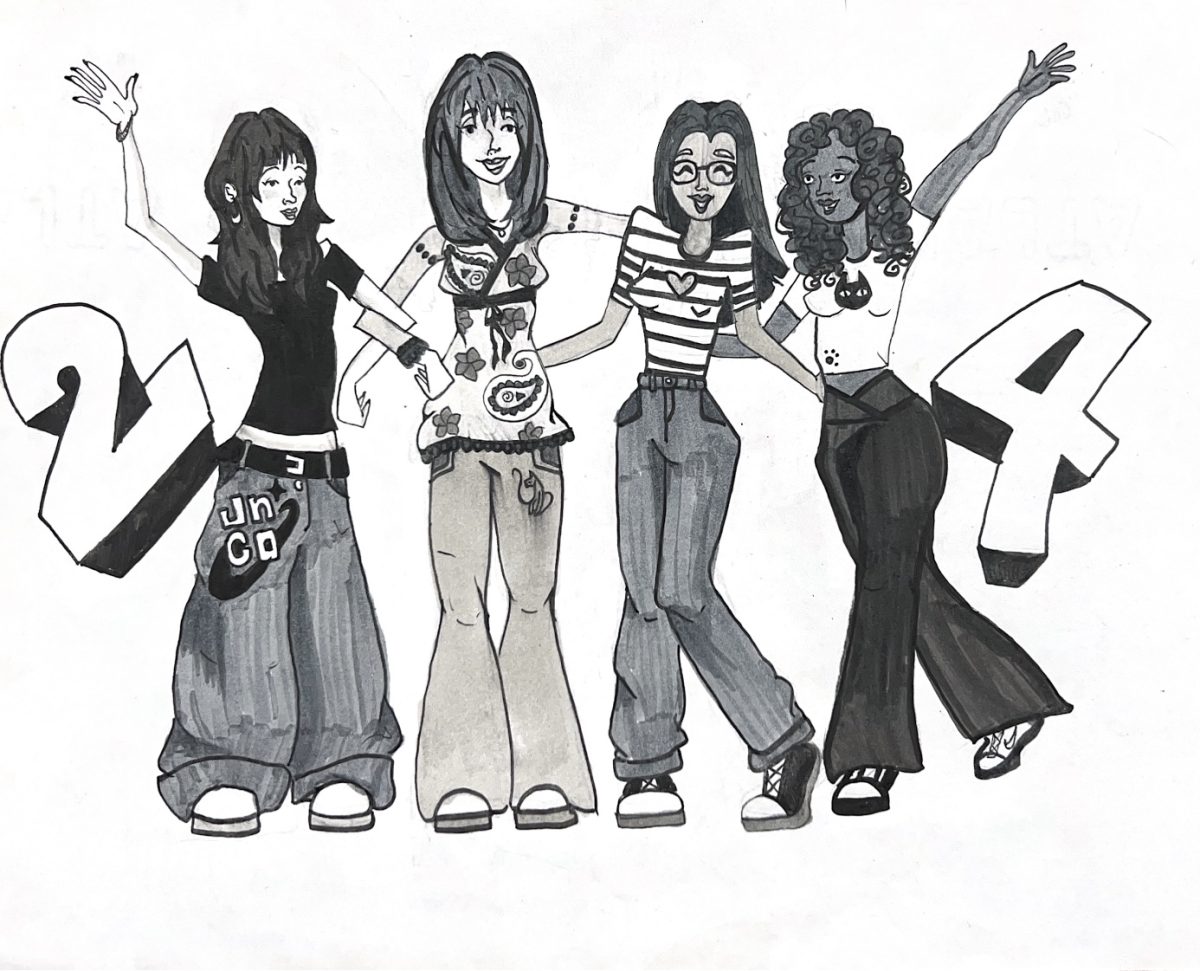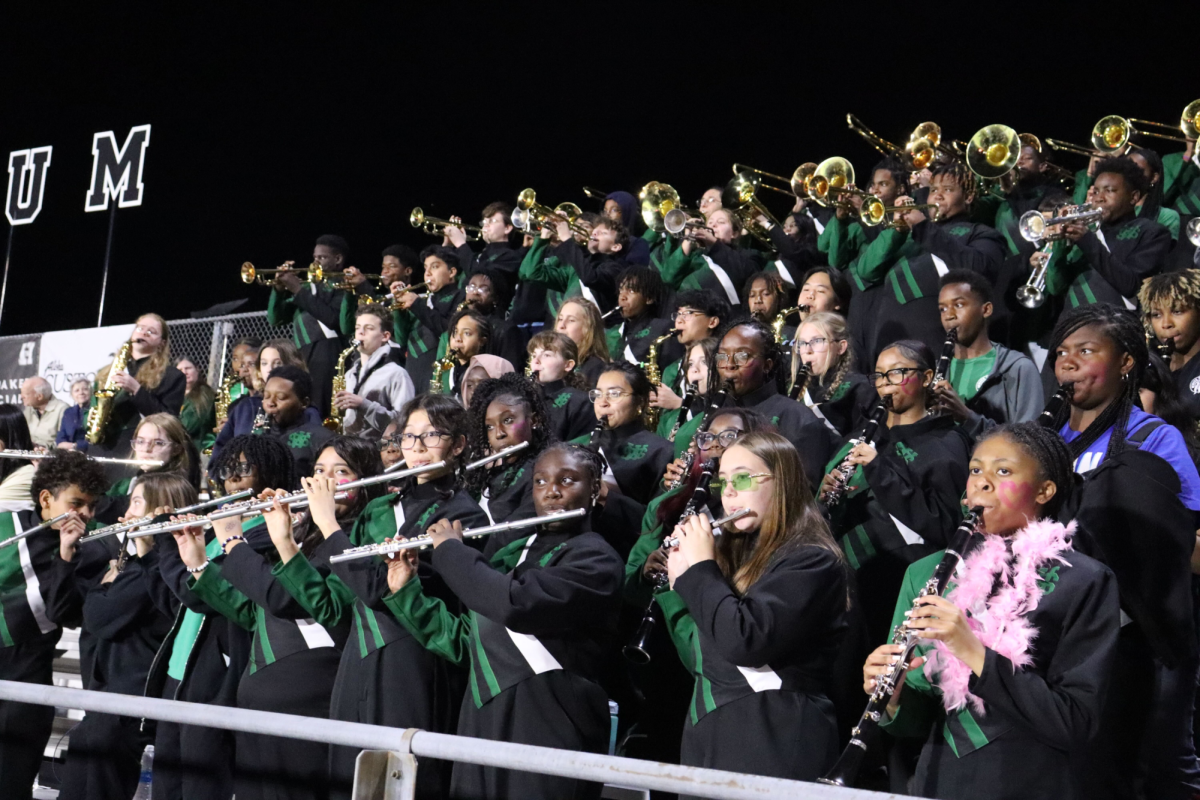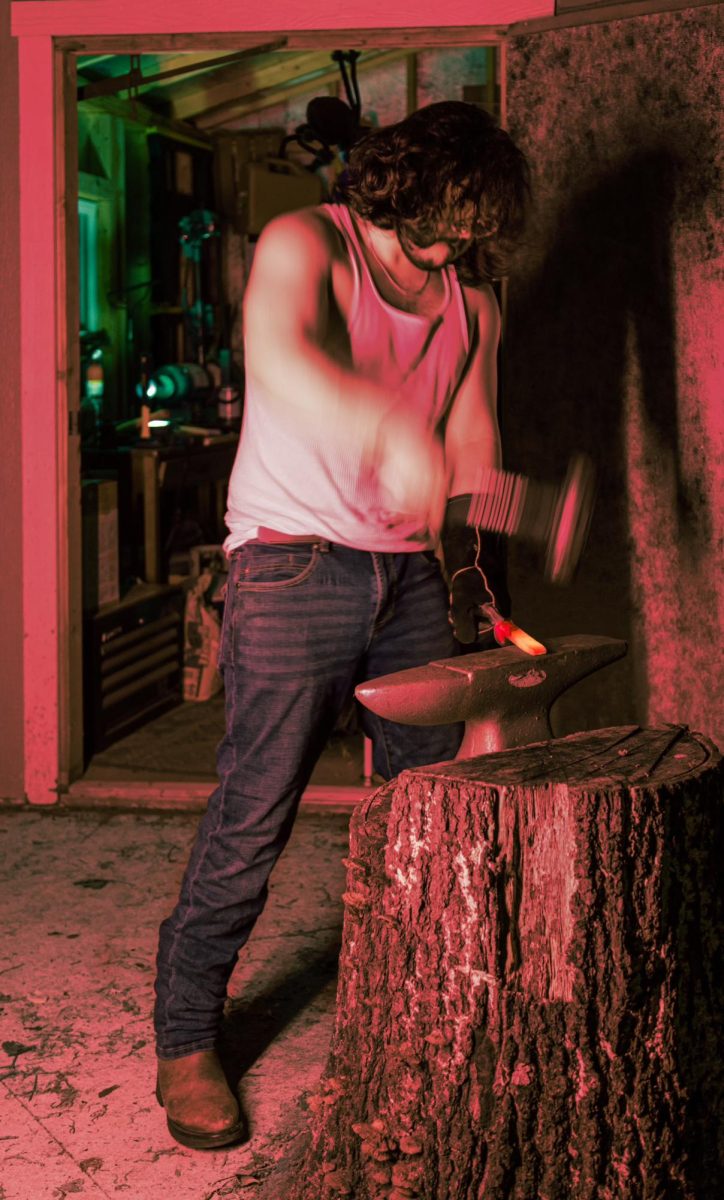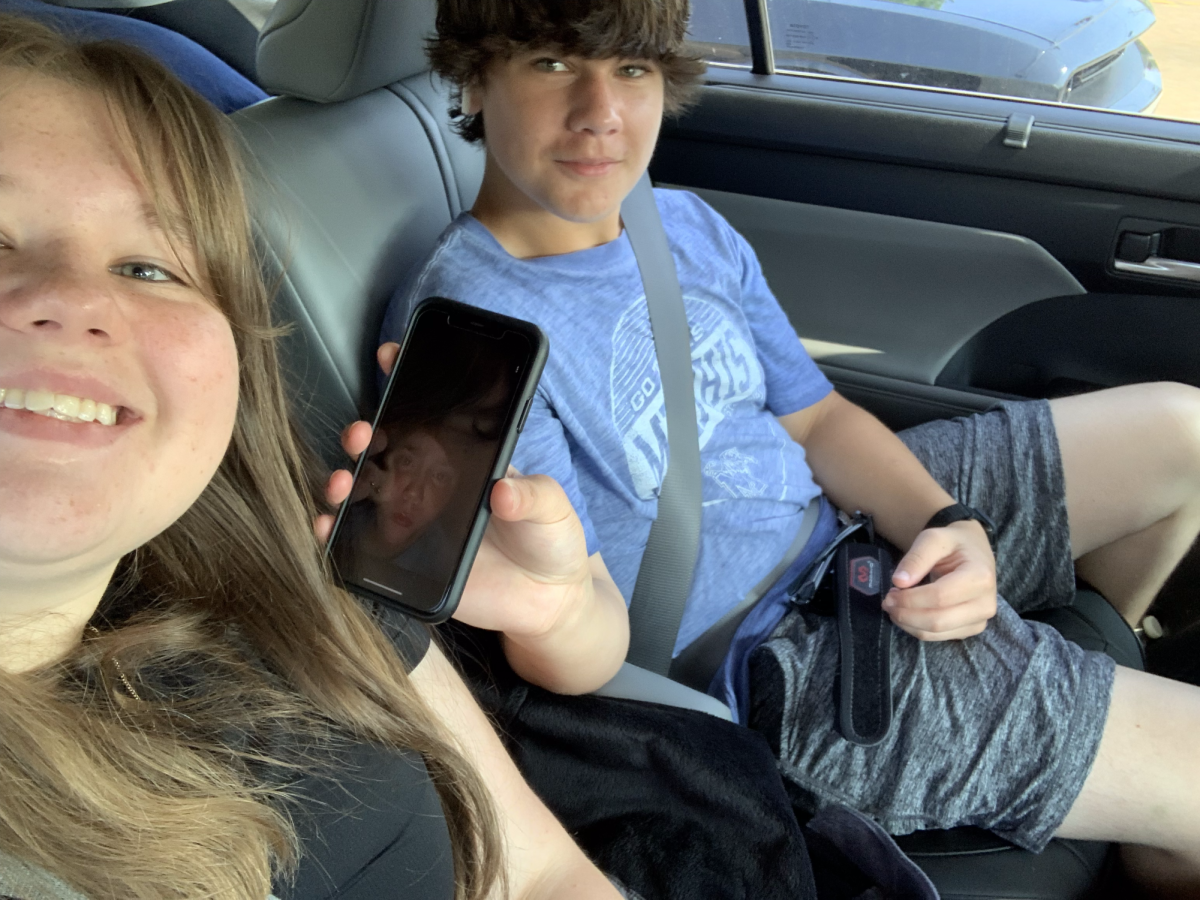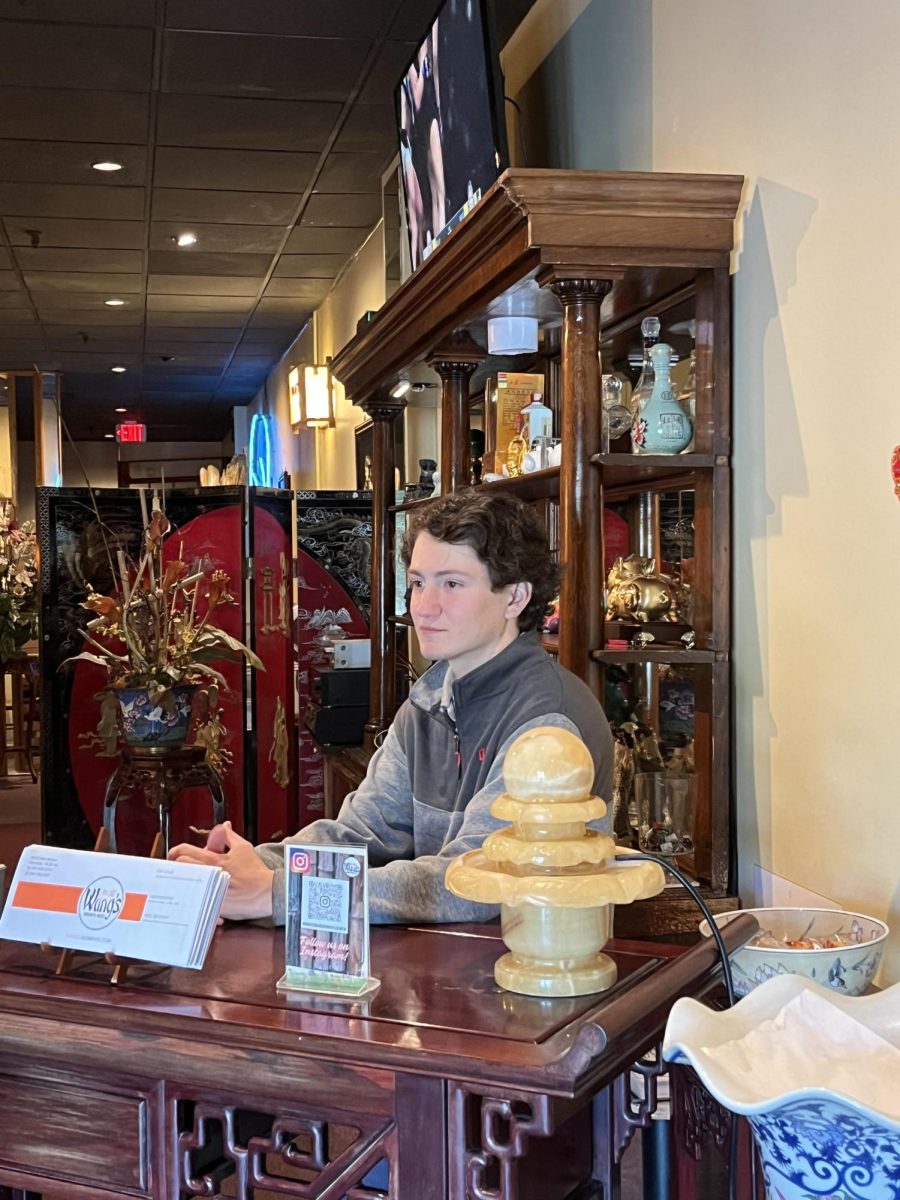
It is important to note that in order to teach in a classroom in Tennessee, one must have a teaching license from an accredited school.
All of the teachers who were interviewed for this article are White Station alumni.
After devoting their energy and expertise from 7:15 a.m. to 2:15 p.m., some teachers unwind after returning home, while others hit the books to study for their upcoming exams. While many teachers already hold master’s or bachelor’s degrees, others choose to further their education while juggling their classes and teaching duties.
For teachers who are also students, their commitment to education extends beyond the classroom. Not only do they work during their regular teaching hours, but they also work outside of the classroom to complete their additional qualifications in order to graduate and receive a degree.Michael Entman, who teaches Geometry and Pre-Calculus at White Station High School, currently has a Bachelor of Science in Education and a degree in Integrative Studies with a concentration in Secondary Math, both from the University of Memphis. Before becoming a teacher, Entman worked various jobs but was not satisfied with any of them.
“I did a bunch of soul-searching and thought of what could I do that involve aspects of the job that I like,” Entman said. “At the end of the day, I was making money but I didn’t feel like I was making the world a better place. That left me with a sense of dissatisfaction.”
Dylan Lira, the Japanese I, II, III, IV and Advanced Placement (AP) teacher, has a degree in Music Education (Instrumental) and Japanese all from the University of Memphis. He notes how being on both sides of the classroom, as a student and a teacher, has given him insight into how to operate — or not operate — their classroom.
“I had a great example of what not to do as a teacher, and honestly, that was a blessing more than a curse,” Lira said. “Thankfully, my brain works backward like that. I was able to take these perfect examples of how I definitely did not want to be and focus on avoiding those bad habits, those pitfalls, those traps, and I kinda had a model on both sides.”
Balancing school, life and work can be challenging, especially when one has a family to return to. Finding time to complete her assignments and tests is something Alexandra Pappas, an instructional resource teacher, struggles with. She has two children, the oldest of whom has autism and requires more attention when she returns home.
“I mean I don’t wanna ignore my kids,” Pappas said. “Like my older daughter, she has little things that she likes to do … on her iPad and ask me several
repetitive questions every single night. If I’m in the middle of taking a test or something, I know I had a test that I had to do and they would have time limits. I would be like ‘well, I can’t even start this test if she’s near me because she’s gonna ask me a lot of questions and I don’t wanna ignore her because it’s a part of our little routine that we do together.’ But I can’t just not talk to her while she’s [asking questions] because she’s gonna get upset and I can’t do my test if I’m being interrupted … But if I had to wait for her to go to bed, well then I’m starting a test at 9:30 [p.m.] and I’m tired and don’t want to do it at that point. So that’s one thing that I have a lot of trouble with because she’s always with me which I’m happy for, but at the same time it’s hard to do things when she’s there and needs my attention and I can’t give it to her.”
Despite the difficulties of being both a teacher and a student, some say they found the experience beneficial and would do it again if it meant they could continue to teach inside a classroom. For some, participating in both roles fits their personal timeline and goals. Whether it is finding a purpose or a career, one should follow their goals and aspirations.
“I recommend following your dreams no matter how hard it is,” Entman said. “My dream is to become the best math teacher I can be and just getting an undergraduate degree to me is not enough. I need to know more, I want to know more … I’m never going to become a Ramanujan or a Cantor or any of these famous mathematicians, but I want to understand more than I do now.”
Regardless of what hardships one may face with balancing a busy schedule, some teachers, like Entman, think it is still the curiosity students hold or the “ah-ha moment” he has with students that motivates them to continue teaching.
“My motto for teaching is: ‘mistakes are proof that you’re trying,’” Entman said. “You got to try something. If you just sit there and stare at a problem and never do anything with it other than look at it, you don’t know whether you’re right or you’re wrong.”
Being on both sides of the classroom allows Entman, Lira and Pappas to have a unique perspective on the way they teach and run their classroom.
“I think that any teacher that forgets what it’s like to be a student is missing the point,” Lira said. [As a teacher], you’re always modifying, you’re always adjusting, you’re always learning more[,] adjusting and upgrading your lesson plans. So that the students who are different [in] every iteration of your class can grow and can be taken care of. I think [the] most important thing is making sure that you are catering to your students that you have now, not the students that you want them to be down the road [because] they’ll never get there.”

